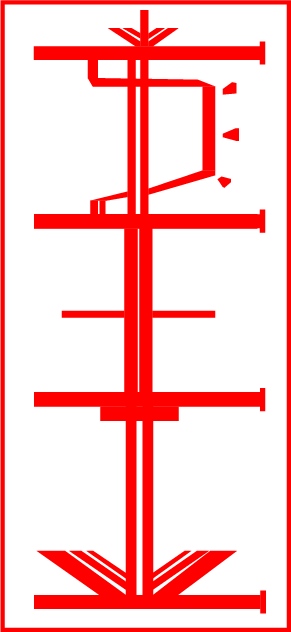Open Shading Language (OSL)
Along with making nodes in programs, OSL offers a template which can be imported from project to project in programs like Maya and Houdini. I'm still experimenting with its capabilities, but it's a lot of fun to mix and create new materials. OSL makes editing quick and adds variety and versatility to texturing models made up of different materials.
Fabric: Node + OSL
I wanted to start with a metallic texture based on galvanized metal. Using different noise patterns and some simple math made creating a versatile metal texture easy and fun.
Fabric: Node + OSL
Creating cloth patterns is still a work in progress. Mixing colors with stripes and creating the crossing pattern was challenging, but another fun exploration of materials.
Wood: Node + OSL
Creating wood paneling was a fun way to learn and practice displacement and bump maps. I used absolute values and sin waves to create the wood grain pattern.
The OSL attempt allows me to edit the grain, size, and color of the texture without going into the separate node groups, making the texture versatile and quickly editable.
OSL + Houdini
Transparent Objects
Creating transparent objects proved to be simple, until it came time to up the realism. Making light pass through fluid like objects, ice, and the flesh of the lemon was tricky to figure out. It all began to make sense as I remembered to handle one aspect of the texture at a time, resulting in a nice cold glass of tea.
Sheen and Subsurface
Houdini is a robust program, so I wanted to understand how the nodes and file organization worked. This exercise was meant to create texture with reference. Most programs use a similar node organization system, so after learning the names for needed nodes it became a really fun and engaging process.



